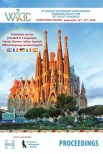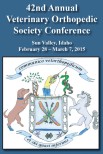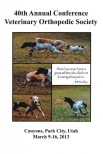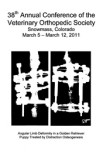Objectives: To investigate the specificity of anaesthesia of the deep branch of the lateral plantar nerve (DB-LPN). Methods: Twenty horses had DB-LPN anaesthesia performed by a single injection technique as part of a lameness investigation. The mechanical nociceptive threshold (NT) was measured using a handheld force meter at six points on the lateral aspect of the limb: before diagnostic anaesthesia (T0), and at 15 (T15) and 30 (T30) minutes post anaesthesia. Paired t-tests were performed and significance was set at p 0.05. In addition, ten cadaveric limbs were injected with 2.5 ml new methylene blue solution using a single injection technique to evaluate the extent of dye diffusion within the proximal metatarsal region. Results: Compared with T0, there was a significant decrease in NT for all points combined at T15 (p = 0.008) and also at T30 (p = 0.007). There was a significant decrease in NT at T15 on the lateral third metatarsal bone (p = 0.012). At T30 there was a significant decrease in NT at the lateral sesamoid (p = 0.007), lateral third metatarsal bone (p = 0.031), and mid metatarsus (p = 0.033). Four out of 20 horses had a NT greater than 10 N at the lateral heel bulb at T30. In the cadaveric limbs, the total diffusion distance for all limbs (mean ± SD) was 70.4 ± 20.5 mm. Dye surrounded the DB-LPN in all limbs and the lateral plantar nerve (LPN) in nine out of 10 limbs. Clinical significance: Concurrent anaesthesia of the LPN is likely to occur when DB-LPN anaesthesia is performed using a single injection technique.
Is anaesthesia of the deep branch of the lateral plantar nerve specific for the diagnosis of proximal metatarsal pain in the horse?
Date
2014
Journal
Veterinary and Comparative Orthopaedics and Traumatology (VCOT)
Number
5
Pages
351-357









